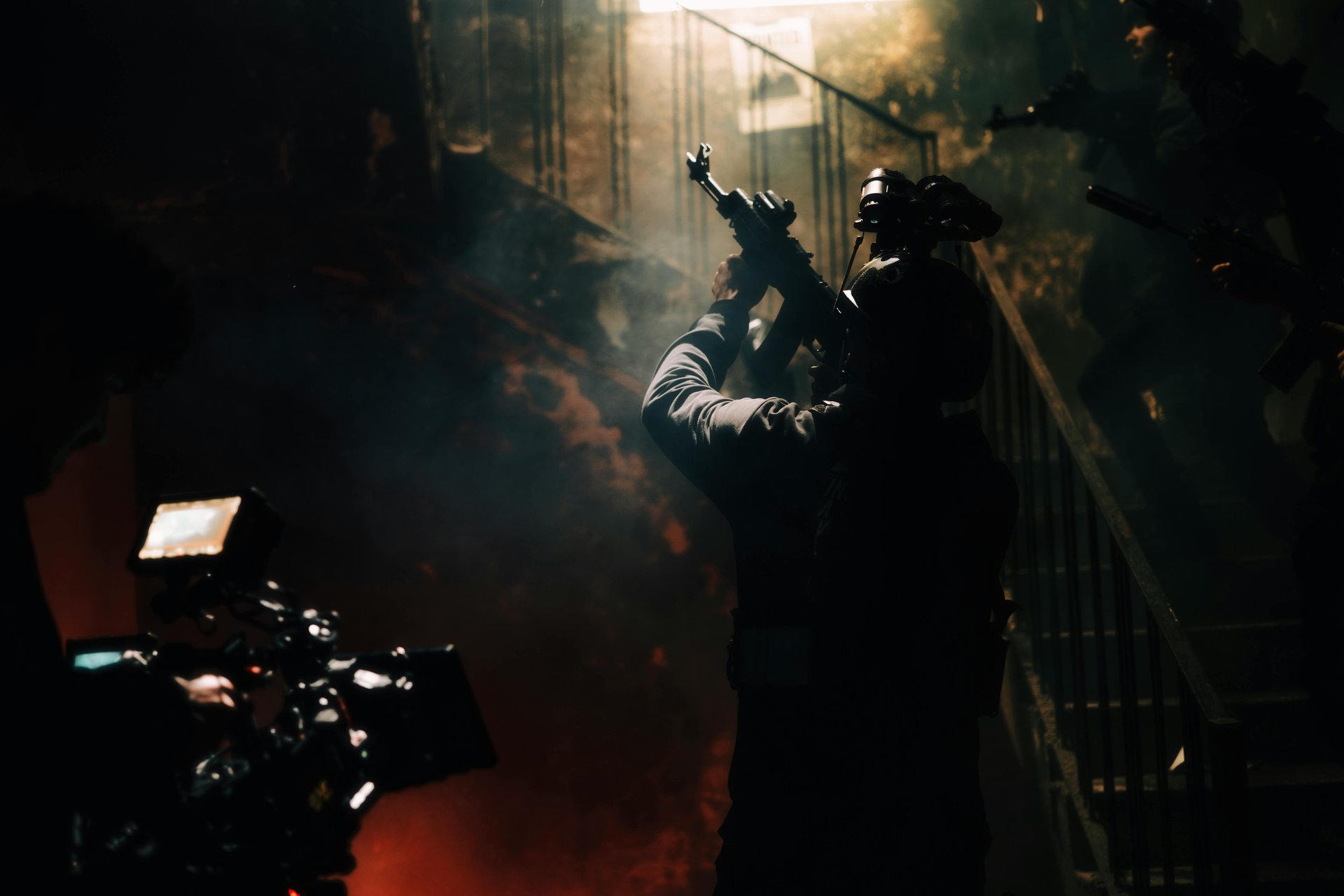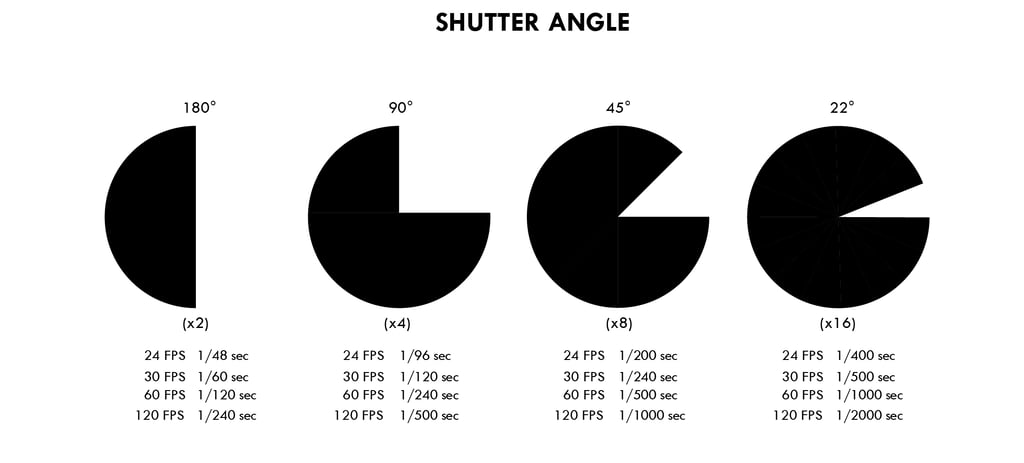
Shutter Angle vs Shutter Speed: How Light and Motion Shape the Cinematic Look
Learn how shutter angle replaces shutter speed in cinema. Discover how light and motion shape the look of your videos—explained with simple metaphors and examples.
Alberto Cano
11/14/2025
Shutter Speed or...
We’re stepping into murky waters—things get a bit technical here. Still, it’s worth diving in, because we’re breaking down the exposure triangle piece by piece.
In cinematography, what photographers call shutter speed becomes shutter angle.
With shutter speed, exposure is measured in seconds or fractions of a second, such as 2”, 1/50, 1/200, etc.
However, in a cinema camera, since many frames are captured per second, the concept of shutter angle is used. This determines what fraction of each frame’s time is exposed to light.
Sounds redundant, doesn’t it? Let’s use a metaphorical example to understand it better: imagine a fan spinning. The angle is like the size of the blade that lets light pass with each turn.
In photography we talk about shutter speed, but in cinema it’s measured in degrees. The standard is 180°, because it looks most natural to our eyes and matches how we see motion in real life.
Still, it’s not a rule you must always follow. Smaller angles like 45° or 22° let in less light, so they freeze movement and create a robotic or hyper-real effect.
For action scenes, directors sometimes use 90°—like in Saving Private Ryan—to make movements look sharper and more intense.
How is shutter angle measured?


So, in “short and to the point,” as they say in football, we can sum it up like this:
At 24 fps, a 180° shutter equals 1/48 second of exposure per frame. If you reduce the shutter angle to 90°, the exposure time is cut in half.
In conclusion, in photography we adjust shutter speed to freeze or soften motion; in cinema we do the same, but with angles.
The choice of angle not only controls light, but also the feeling of movement on screen.
